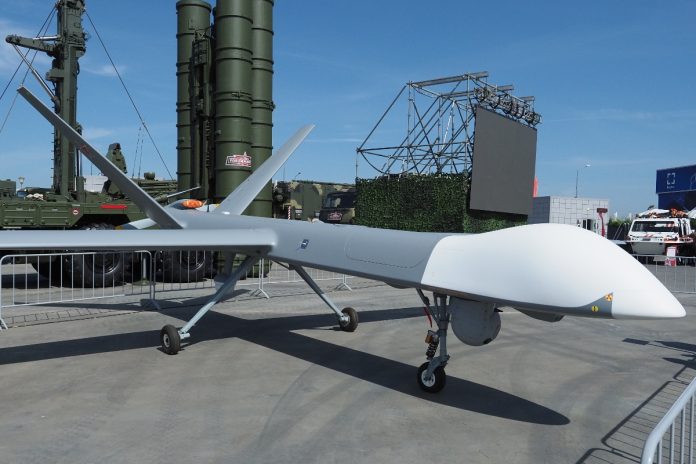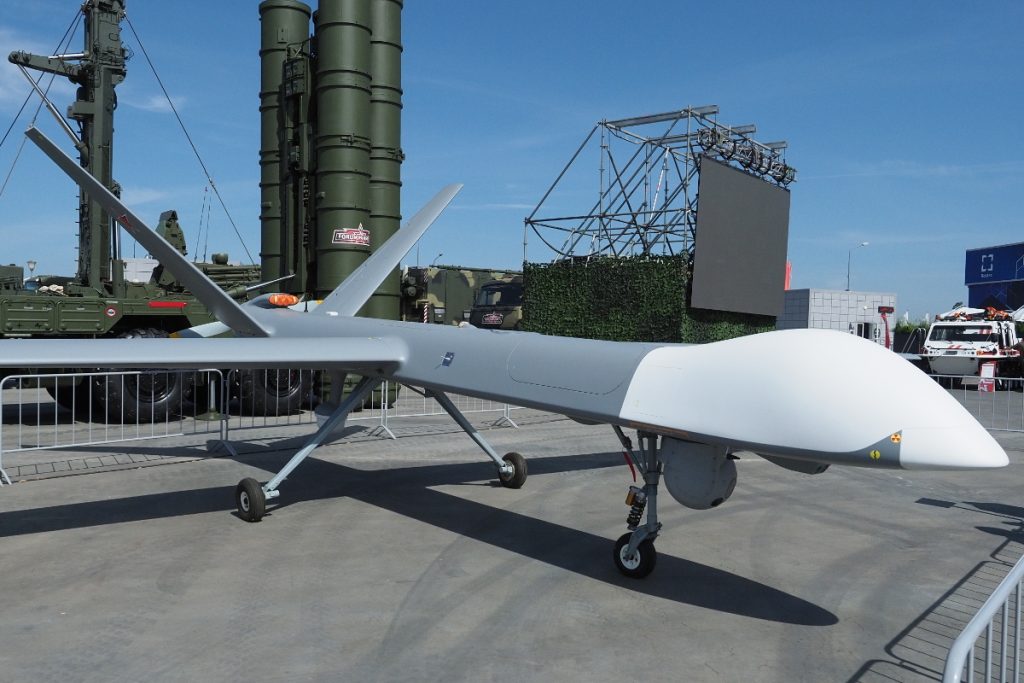
How do you cripple a high-value aerial threat without firing a single missile from the ground? For Ukraine, the answer came on November 13 when a precision drone strike deep inside occupied Crimea squarely hit one of Russia’s most important unmanned systems bases. Days later, satellite images confirmed the results with significant implications.
Although the Kirovske airbase had served for a long time as the linchpin in Russia’s Orion UAV operations-a hub for deployment, maintenance, and weapons integration for a platform Moscow has touted as a “Bayraktar killer”-this latest strike and the imagery that has followed offer a rare, verifiable look at how Ukraine is targeting not just the drones themselves but the infrastructure that sustains them.
From the scorch marks on the tarmac to the advanced cruise missiles these drones can carry, here are the most important takeaways from the attack and from the broader context of Russia’s Orion program.

1. The Strike That Hit Russia’s Drone Nerve Center
On the morning of November 13, Ukraine’s 1st Center of Unmanned Systems conducted a strike on the Kirovske airbase in occupied Crimea, targeting initially and most importantly the site which serviced Russia’s Orion reconnaissance-strike drones. At least one FP‑2 completed its direct attack run at the storage and maintenance facility, according to Commander Robert “Madyar” Brovdi.
The operation wasn’t limited to drones: Ukrainian forces also hit a helicopter parking area nearby, further degrading the operational capacity of the base. Far from being a symbolic raid, the Kirovske base lies at the heart of most of the Russian UAV missions over the Black Sea and against Ukrainian maritime drones.
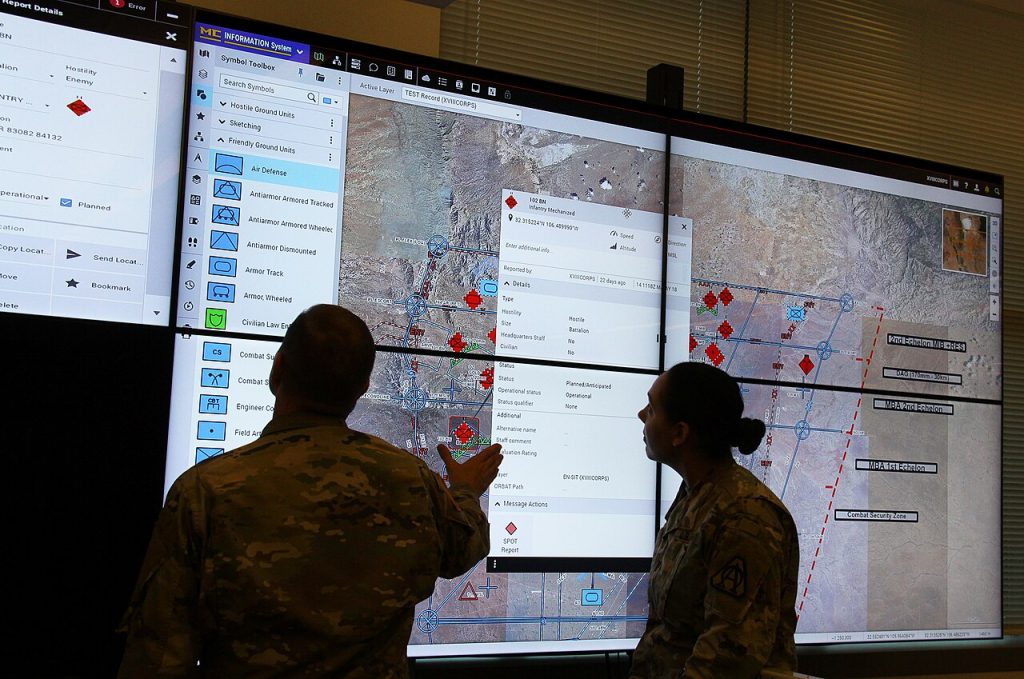
2. Satellite Imagery Confirms the Damage
Four days later, on November 17, open-source intelligence group Dnipro Osint released satellite photographs showing burn marks, debris, and a visible scar on the tarmac near Orion hangars. All these point to a strike that likely destroyed or disabled the necessary ground equipment to operate the drone program.
Geospatial evidence matters, as it provides a rare, verifiable record of impact in a conflict where both sides contest battlefield claims, shifting the conversation from speculation into confirmed loss.

3. Orion UAV: Russia’s Predator-Class Drone
With a 16-metre wingspan, Orion – also known as Inokhodets and designed by the Kronstadt Group – is Russia’s first domestically produced MALE strike and reconnaissance UAV; it offers up to 24-hour endurance with a payload of up to 250 kg, making it in the same class as the US MQ‑1 Predator.
The platform can carry guided bombs such as KAB‑20 and KAB‑50, missiles including Kh‑50 and the S8000 Banderol cruise missile. Surveillance of Ukraine’s coastal zones and interceptions of maritime drones perceived to threaten Russian naval assets have been among its roles in Crimea.

4. A Rare and Expensive Target
The Orion is not produced in the same numbers as much smaller loitering munitions; estimates put its unit cost above $5 million each, with only nine confirmed losses since 2022. This scarcity makes every airframe a high-value asset – and a tempting target – for Ukrainian forces.
In fact, Brovdi’s own units previously downed an Orion in mid-air, marking the first kill for the 414th Separate Unmanned Systems Brigade. An interception that took place this September of 2025 underlined the vulnerability of this advanced platform.
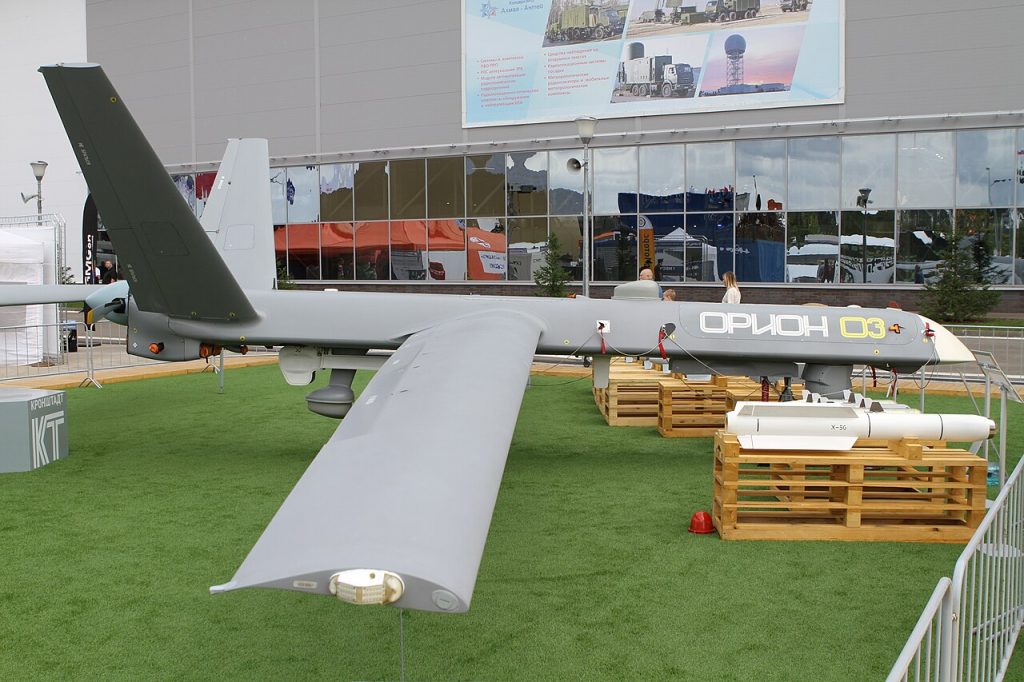
5. The S8000 Banderol: Orion’s Long-Range Punch
Probably the most concerning aspect of the Orion’s capability is its integration with the S8000 Banderol cruise missile, intended for unmanned and rotary-wing launch platforms. Able to strike targets 500 km away at speeds of 560–650 km/h, it has a 115 kg high-explosive fragmentation warhead.
According to Ukrainian intelligence, it contains many components of foreign origin: the turbojet engine is made by Swiwin SW800Pro-A95 of China, while the electronics come from Australia, Japan, South Korea, Switzerland, and the U.S. This again points to the missile’s sophistication and the loopholes in sanctions allowing its manufacture.
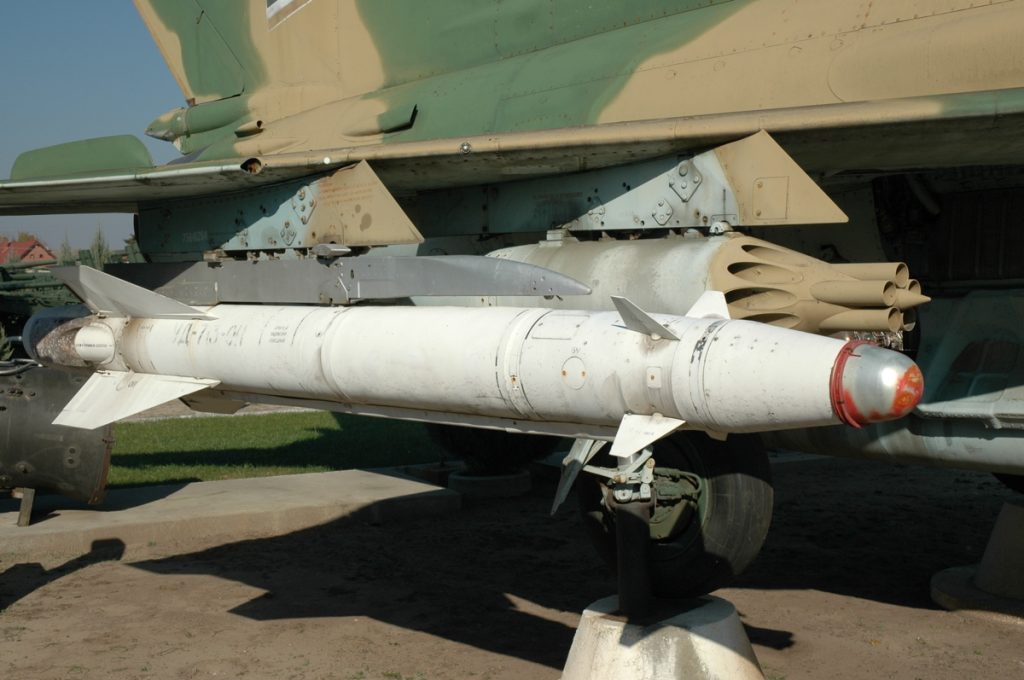
6. Kh-BPLA Missiles Expand Orion’s Arsenal
Besides cruise missiles, the Orion has been photographed carrying twin Kh‑BPLA guided missiles. These 42 kg weapons, adapted from the Kornet anti-tank missile and Krasnopol artillery shell guidance, have a range of 2–8 km and are optimized for soft and lightly armored targets.
While its range is modest, the Kh‑BPLA offers faster engagement of moving targets than is possible with glide bombs, affording Orion crews a degree of flexibility in time-sensitive strikes near the front.
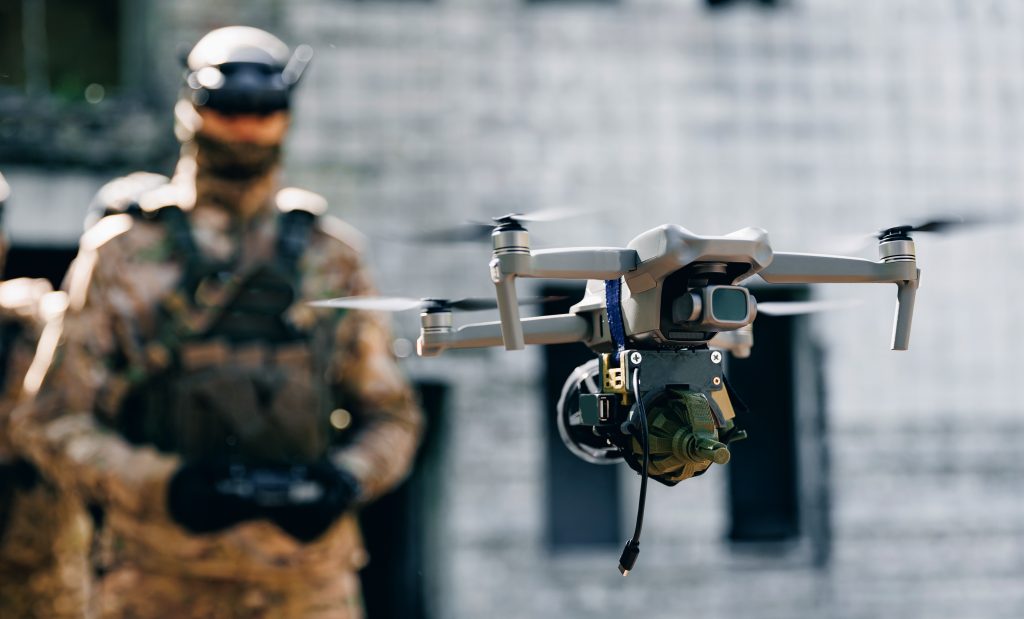
7. Foreign Components and Sanctions Evasion
Similar to the Banderol missile, the Orion program heavily depends on imported technology: Ukrainian intelligence has identified 43 Russian firms involved in producing this drone, one-third of which have yet to be subjected to international sanctions. Components range from optoelectronic systems to polymer composites.
Analyst Anatoly Khrapchinsky pointed out that “there is very little Russian tech there,” even citing an Austrian engine. Supply chains through third-party countries such as Kazakhstan have allowed Moscow to keep building these drones despite restrictions.

8. Strategic Role in the Black Sea Theater
With its location, Kirovske has become the modern launchpad for missions aimed at countering Ukrainian maritime drones, which have waged a spate of attacks on Russian logistics in both Crimea and the Kuban region. The Orion is very well-suited for tracking and engaging such fast-moving naval threats, given its endurance and sensor suite.
The attack damaged some of the base’s infrastructure housing drones, and in so doing, Ukraine perhaps undermined Russia’s ability to quickly react to follow-on maritime strikes by forcing adjustments in patrol patterns and readiness.

9. Implications for Russia’s UAV Doctrine
The confirmed damage at Kirovske comes as Russia seeks to integrate its MALE drones more deeply into precision-strike operations. Pairing Orion with Banderol or Kh‑BPLA missiles is part of a shift towards unmanned systems capable of delivering guided munitions from stand-off distances. Given the vulnerability of the platform both to a direct attack and to supply chain disruption, this doctrine is called into question under continued Ukrainian pressure combined with tightening sanctions.
The November 13 strike on Kirovske airbase was more than a tactical win; it was a strategic signal. By combining deep-strike drone tactics with poststrike satellite verification, Ukraine demonstrated both reach and credibility. For Russia, the loss underlines the fragility of high-value UAV assets and the infrastructure that supports them. As both sides race to adapt unmanned systems for precision warfare, each confirmed hit against such capabilities reshapes the balance in the skies over Ukraine.
